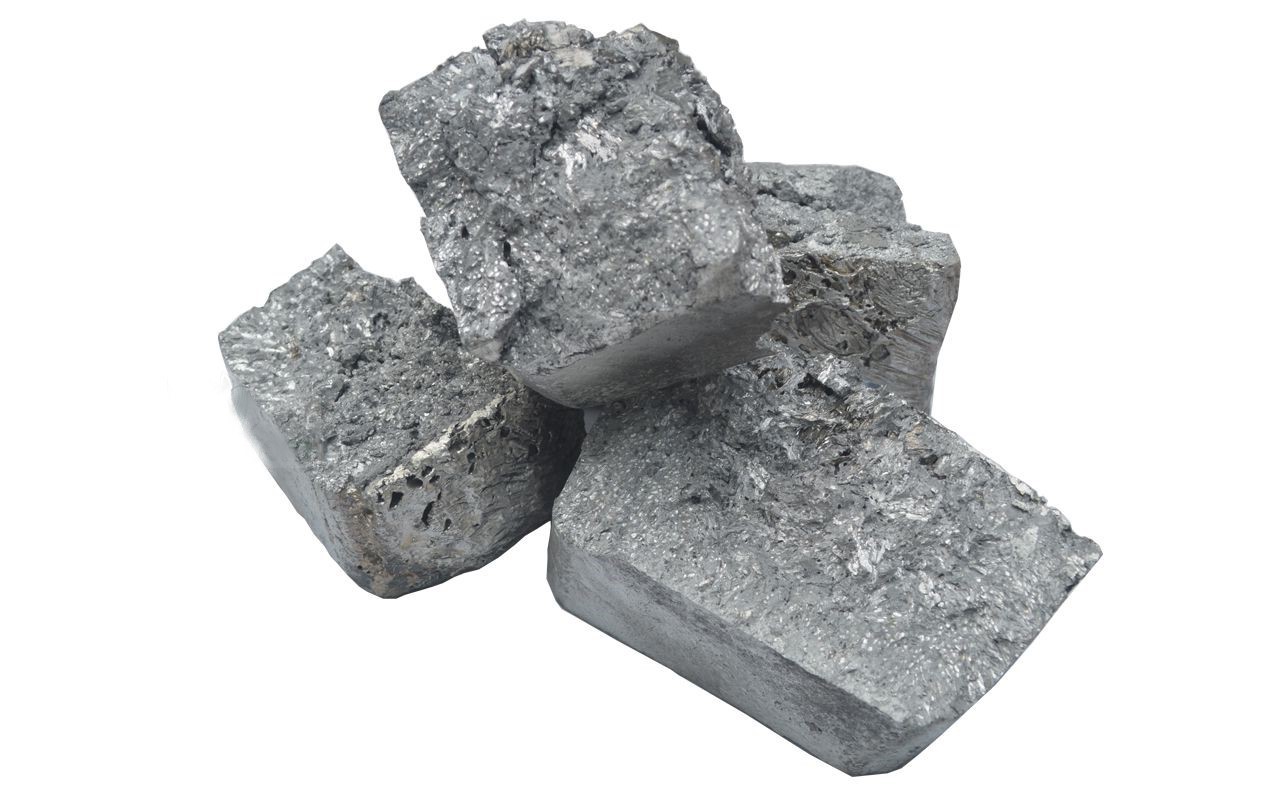
What is Cerium Aluminium? Cerium Aluminium is an alloy combining cerium, a rare earth element, with aluminium, a lightweight metal. This unique blend creates a material with distinct properties, making it valuable in various industries. Why is it important? Cerium Aluminium is crucial due to its exceptional strength, corrosion resistance, and ability to withstand high temperatures. These qualities make it ideal for aerospace, automotive, and electronics applications. How is it used? This alloy is often found in aircraft components, car parts, and electronic devices. Its versatility and durability ensure it remains a key player in modern technology. Curious about more? Let's dive into 25 fascinating facts about Cerium Aluminium that highlight its significance and diverse applications.
Key Takeaways:
- Cerium Aluminium is a strong, lightweight alloy with resistance to corrosion and high temperatures. It's used in aerospace, automotive, electronics, and medical devices, making our world more efficient and durable.
- Cerium Aluminium is recyclable and contributes to energy efficiency, reducing environmental impact. Ongoing research aims to enhance its properties for future applications, including nanotechnology and space exploration.
What is Cerium Aluminium?
Cerium Aluminium is an alloy combining cerium, a rare earth element, with aluminium, a lightweight metal. This unique combination offers several interesting properties and applications. Let's dive into some fascinating facts about Cerium Aluminium.
Properties of Cerium Aluminium
Understanding the properties of Cerium Aluminium helps us appreciate its various uses and benefits.
- High Strength-to-Weight Ratio: Cerium Aluminium boasts a high strength-to-weight ratio, making it ideal for applications where lightweight yet strong materials are needed.
- Corrosion Resistance: This alloy is highly resistant to corrosion, which makes it suitable for use in harsh environments.
- Thermal Stability: Cerium Aluminium maintains its stability at high temperatures, making it useful in applications that involve extreme heat.
- Ductility: The alloy is ductile, meaning it can be stretched into thin wires without breaking.
- Electrical Conductivity: Cerium Aluminium has good electrical conductivity, which can be beneficial in electronic applications.
Applications of Cerium Aluminium
The unique properties of Cerium Aluminium make it suitable for a variety of applications across different industries.
- Aerospace Industry: Due to its lightweight and high strength, Cerium Aluminium is used in the aerospace industry for manufacturing aircraft components.
- Automotive Industry: This alloy is used in the automotive industry to produce lightweight yet strong parts, improving fuel efficiency.
- Electronics: Its good electrical conductivity makes Cerium Aluminium useful in electronic devices and components.
- Construction: The corrosion resistance of Cerium Aluminium makes it ideal for construction materials exposed to harsh weather conditions.
- Medical Devices: The alloy's biocompatibility allows it to be used in medical devices and implants.
Historical Background of Cerium Aluminium
The history of Cerium Aluminium provides insight into its development and usage over time.
- Discovery of Cerium: Cerium was discovered in 1803 by Swedish chemists Jöns Jakob Berzelius and Wilhelm Hisinger.
- Aluminium's History: Aluminium was first isolated in 1825 by Danish physicist Hans Christian Ørsted.
- Development of the Alloy: The combination of cerium and aluminium to create the alloy was developed in the mid-20th century.
- Early Uses: Initially, Cerium Aluminium was used in niche applications due to its unique properties.
- Modern Applications: Today, the alloy is widely used in various industries, thanks to advancements in material science.
Environmental Impact of Cerium Aluminium
Considering the environmental impact of materials is crucial in today's world. Cerium Aluminium has some interesting environmental aspects.
- Recyclability: Cerium Aluminium is recyclable, which helps reduce waste and conserve natural resources.
- Energy Efficiency: Using this alloy in automotive and aerospace industries can lead to improved fuel efficiency, reducing carbon emissions.
- Mining Impact: The extraction of cerium and aluminium can have environmental impacts, but advancements in mining technology are helping to mitigate these effects.
- Sustainable Practices: Efforts are being made to develop more sustainable practices for producing and using Cerium Aluminium.
- Lifecycle Analysis: Comprehensive lifecycle analyses are conducted to understand the environmental impact of Cerium Aluminium from production to disposal.
Future of Cerium Aluminium
The future of Cerium Aluminium looks promising, with ongoing research and development aimed at enhancing its properties and applications.
- Advanced Alloys: Researchers are working on developing advanced Cerium Aluminium alloys with improved properties.
- Nanotechnology: The integration of nanotechnology could lead to new applications and enhanced performance of Cerium Aluminium.
- Green Technologies: The alloy is being explored for use in green technologies, such as renewable energy systems.
- Biodegradable Applications: Scientists are investigating the potential for biodegradable applications of Cerium Aluminium.
- Space Exploration: The unique properties of Cerium Aluminium make it a candidate for use in space exploration missions.
Final Thoughts on Cerium Aluminium
Cerium aluminium, a fascinating alloy, combines the unique properties of both metals. Cerium, known for its role in lighter flints and glass polishing, pairs with aluminium, a lightweight and corrosion-resistant metal. This combination results in an alloy with enhanced strength, durability, and resistance to oxidation. Used in various industries, including aerospace and automotive, cerium aluminium proves its worth in high-stress environments. Its ability to withstand extreme temperatures makes it invaluable in manufacturing and engineering applications. Understanding the properties and uses of this alloy can help in appreciating its significance in modern technology. Whether you're a student, a professional, or just curious, knowing these facts can broaden your knowledge about materials that shape our world. Keep exploring and learning about the incredible elements and alloys that drive innovation.
Frequently Asked Questions
Was this page helpful?
Our commitment to delivering trustworthy and engaging content is at the heart of what we do. Each fact on our site is contributed by real users like you, bringing a wealth of diverse insights and information. To ensure the highest standards of accuracy and reliability, our dedicated editors meticulously review each submission. This process guarantees that the facts we share are not only fascinating but also credible. Trust in our commitment to quality and authenticity as you explore and learn with us.
